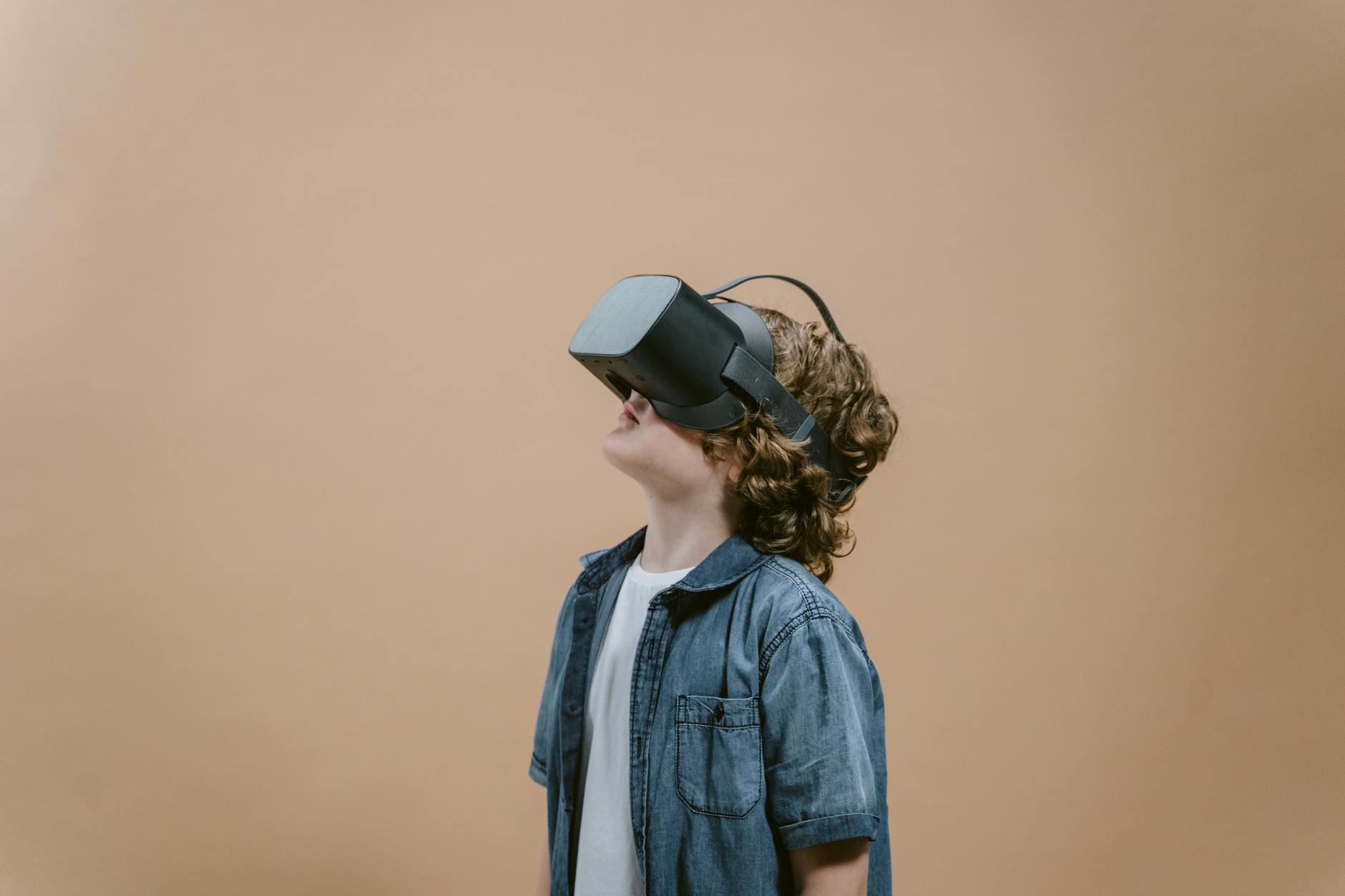The Future of Learning: Immersive Virtual Reality Education

Exploring Virtual Reality in Education
Virtual reality (VR) technology has taken the world by storm in recent years, offering immersive experiences that transport users to new and exciting digital environments. One area where VR is making a particularly significant impact is education. By leveraging the power of VR technology, educators are revolutionizing the way students learn and engage with course material.
The Benefits of VR in Education
One of the key advantages of using VR in education is the ability to create highly immersive learning experiences. Students can don VR headsets and find themselves exploring ancient civilizations, dissecting virtual frogs, or even conducting experiments in outer space. This level of engagement helps to make learning more fun and memorable, leading to better retention of information.
Another benefit of VR in education is its ability to cater to different learning styles. Visual and kinesthetic learners, in particular, can benefit from the interactive nature of VR experiences. Instead of passively listening to lectures or reading textbooks, students can actively participate in their learning, which can lead to deeper understanding and improved academic performance.
The Challenges and Considerations
While the potential benefits of VR in education are vast, there are also challenges that educators must overcome. One major consideration is the cost of implementing VR technology in schools. High-quality VR headsets and software can be expensive, making it difficult for cash-strapped schools to adopt this technology on a large scale.
Another challenge is the need for training and support for educators. Many teachers may not be familiar with VR technology or know how to integrate it effectively into their lesson plans. Providing adequate training and resources will be essential to ensure that VR is used to its full potential in educational settings.
The Future of Education
Despite these challenges, the future of education looks increasingly digital and immersive. As VR technology continues to advance and become more affordable, we can expect to see it play a larger role in classrooms around the world. By embracing VR, educators can create more engaging, interactive, and personalized learning experiences for students, helping to shape the future of education for generations to come.





